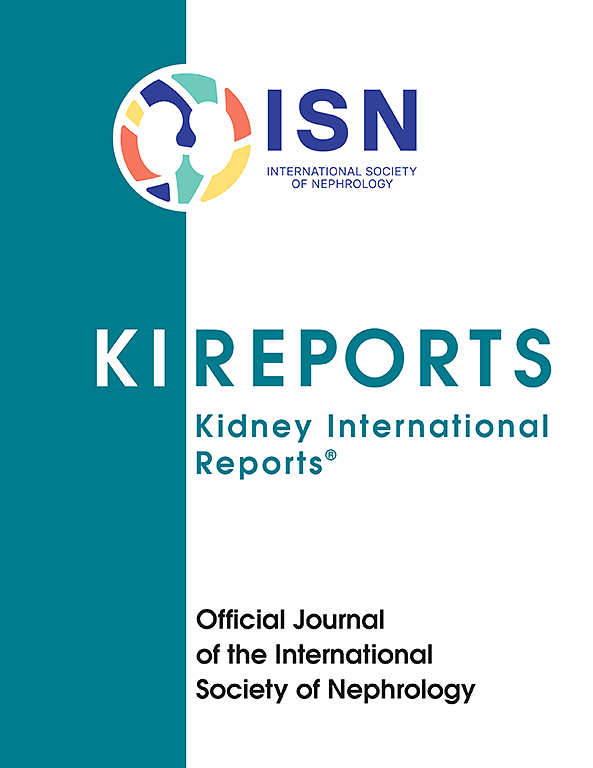Identification and Prioritization of Canadian Society of Nephrology Clinical Practice Guideline Topics
IF 5.7
2区 医学
Q1 UROLOGY & NEPHROLOGY
引用次数: 0
Abstract
Introduction
Nephrology clinical practice guideline topics are routinely determined by clinicians and researchers, without extensive engagement of people with lived experience (PWLE) of kidney disease and their caregivers. The Canadian Society of Nephrology (CSN) Clinical Practice Guidelines Committee (CPGC) completed this modified Delphi study to incorporate diverse stakeholder perspectives in identifying and prioritizing future guideline topics.
Methods
We recruited nephrology clinicians, researchers, PWLE of kidney disease or their caregivers for this study. We collated literature-derived guideline topics from international and national guideline organizations that had relevance to nephrology, in addition to suggestions from participants. Consenting participants were taken through a 3 round Delphi survey process, where items were ranked on a 9-point Likert scale in terms of their importance. Based on predetermined consensus criteria, items were accepted as a priority or excluded from further consideration. We ranked the prioritized topics and compared the median ranking between clinicians or researchers and PWLE in the round where consensus was reached.
Results
Of the 85 consenting participants, 76 to 78 completed each Delphi round. From the initial list of 100 topics for consideration, 12 were priorities. All stakeholder groups felt it was important for PWLE to be included in topic prioritization and guideline development. The 3 most highly prioritized topics were de novo guidelines on novel therapeutics to prevent or slow progression of chronic kidney disease (CKD), recommendations for primary care, and patient-oriented guidelines on diet and exercise in kidney disease. There were no statistical differences in the median ranking between stakeholder groups (P > 0.05).
Conclusion
This study will inform the future nephrology guidelines and commentaries developed by the CSN.

求助全文
约1分钟内获得全文
求助全文
来源期刊

Kidney International Reports
Medicine-Nephrology
CiteScore
7.70
自引率
3.30%
发文量
1578
审稿时长
8 weeks
期刊介绍:
Kidney International Reports, an official journal of the International Society of Nephrology, is a peer-reviewed, open access journal devoted to the publication of leading research and developments related to kidney disease. With the primary aim of contributing to improved care of patients with kidney disease, the journal will publish original clinical and select translational articles and educational content related to the pathogenesis, evaluation and management of acute and chronic kidney disease, end stage renal disease (including transplantation), acid-base, fluid and electrolyte disturbances and hypertension. Of particular interest are submissions related to clinical trials, epidemiology, systematic reviews (including meta-analyses) and outcomes research. The journal will also provide a platform for wider dissemination of national and regional guidelines as well as consensus meeting reports.
 求助内容:
求助内容: 应助结果提醒方式:
应助结果提醒方式:


